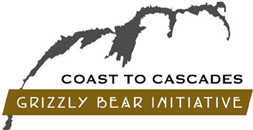North Cascades (6 bears)
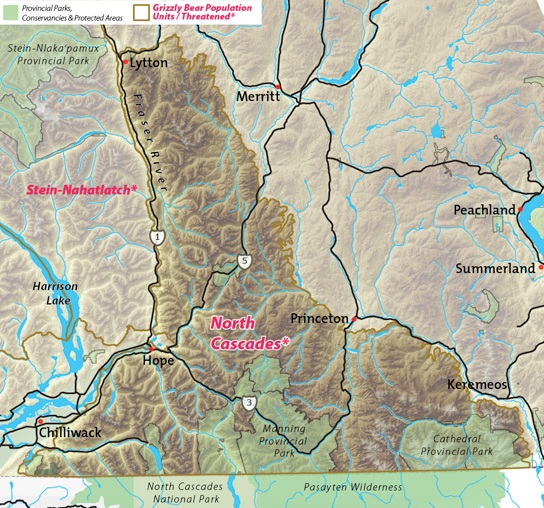
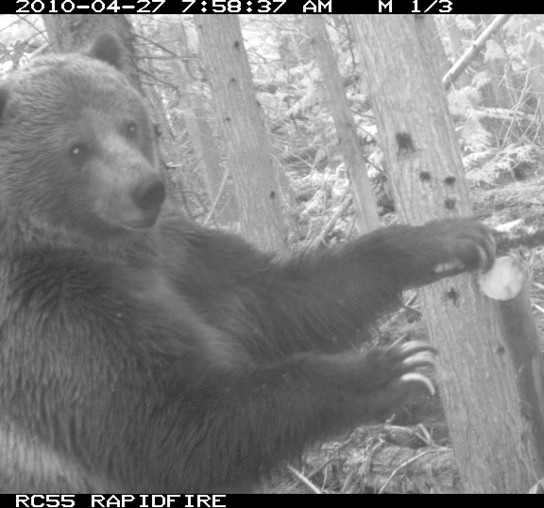
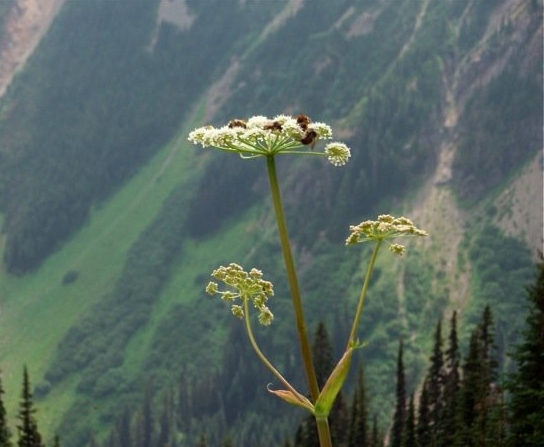
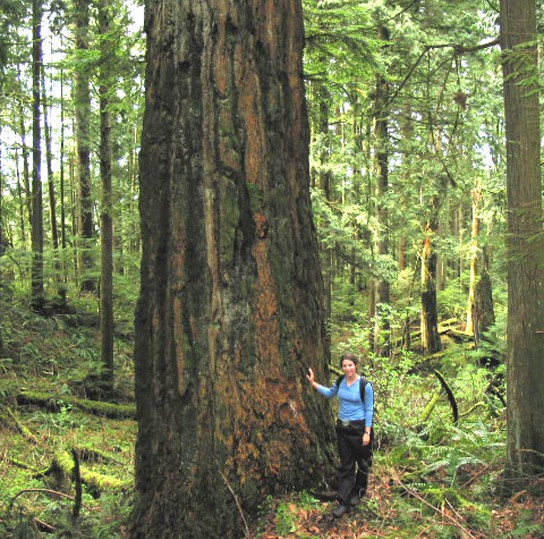

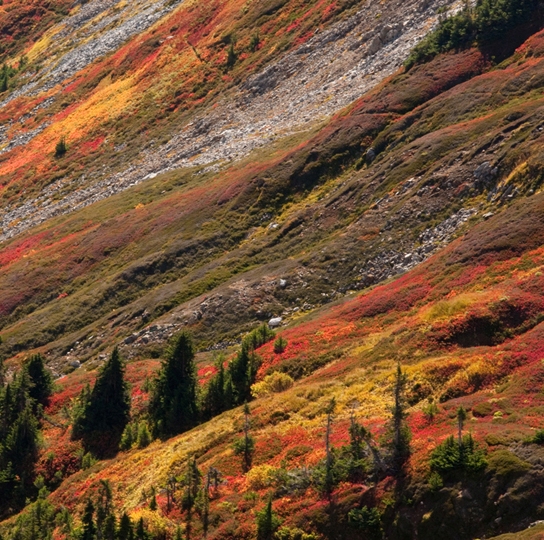
Straddling the Cascade Mountains the North Cascades grizzly bears are transboundary, sharing habitat in BC and Washington State. This highly endangered grizzly bear population, estimated at as few as 6 animals, is separated from BC’s coastal grizzly bear populations by the Fraser Canyon, Highway 1 and two railroads and is bounded on the east by the Similkameen River.
The North Cascades population includes Skagit, Manning and Cathedral Parks which adjoin 10,000 square miles of parks, wilderness and national forests south to Highway 90 on the US side and together comprise a US federally designated Grizzly Bear Recovery Zone. The US zone is managed in its entirety consistent with the scientific standards of grizzly bear conservation.
The North Cascades includes the communities of Hope, Boston Bar, Lytton, Princeton and Keremeos. Although relatively sparsely populated, the BC Cascades contain a significant development footprint and dense roads network. It is also bisected north to south by the Coquihalla Highway and east to west by Highway 3 which can be formidable obstacles to grizzly bear movement and cause accidental death.
BC government plans to augment the dwindling and isolated population with grizzly bears transplanted from a healthy population further north in BC were shelved in 2006.
It is likely that it will take a combination of grizzly bear transplants into the Cascades, motorized access management, and the protection of connecting habitats across the Fraser River and adjoining transportation corridors to recover this population.
Other threats to the North Cascades grizzly bears include:
- A high degree of motorized access into grizzly bear habitat;
- Cumulative effects of wind energy development, power lines, mining, forestry and rural residential developments particularly around Tulameen;
- Getting shot when in conflict with livestock.
The combined effects of human development in grizzly bear habitat pose the greatest threat to grizzlies in the Coast to Cascades region. These include an excessive open backcountry roads network and other infrastructure associated with energy development, mining, forestry and recreation, some of which combine with livestock grazing or farming.
These effects harm bears in three main and often overlapping ways:
Conflicts between humans and bears increase in frequency, often resulting in grizzly bear deaths. As well, grizzly bear poaching is made easier by more and improved backcountry roads.
Bear populations become isolated from each other because roads, utility corridors and other infrastructure accumulate in major valley bottoms making it difficult for bears to move through such areas unharmed.
Habitat is lost or degraded by development and human activities which prevent bears, particularly females with cubs, from using those critical habitats. Such impacts are particularly troublesome for females whose home ranges are affected by development.
In the bigger picture, all of the threatened Coast to Cascades grizzly populations and their healthier neighbors to the north and west must be stitched together so that they intermingle and can move with the seasons to find the foods they need to survive and raise their young. Their ability to move securely will be increasingly important as climate change affects grizzly habitat and food sources.
External Links
Sea to Sky Land Resource Management Plan
Population Numbers by BC Government
